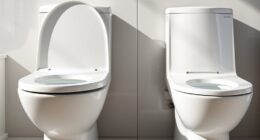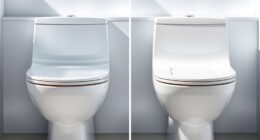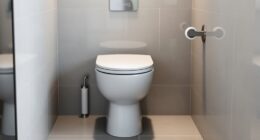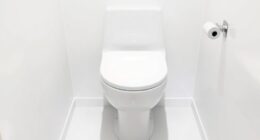Picture yourself facing a blocked toilet, frantically looking for a way to fix it. It’s a situation we’ve all encountered. However, before you grab that Drano bottle, let’s stop and think about whether it’s truly the wisest choice.
In this article, we will explore the composition of Drano, the potential risks of using it in toilets, and alternative methods to safely unclog your toilet.
So, if you’re wondering, ‘Can I put Drano in my toilet?’ – let’s find out together.
Key Takeaways
- Drano contains sodium hydroxide, which reacts with fats, oils, and organic matter to dissolve clogs.
- Using Drano in toilets can cause pipe damage over time and inhaling its fumes can lead to health hazards.
- Drano chemicals are harmful to aquatic life and water sources, making it harmful to the environment.
- There are safer alternatives to Drano for unclogging toilets, such as using a plunger, toilet auger, or a mixture of baking soda and vinegar.
Understanding the Composition of Drano
Drano’s composition consists of several chemical ingredients that effectively unclog drains. These ingredients work in a series of chemical reactions to break down and dissolve the substances that cause clogs.
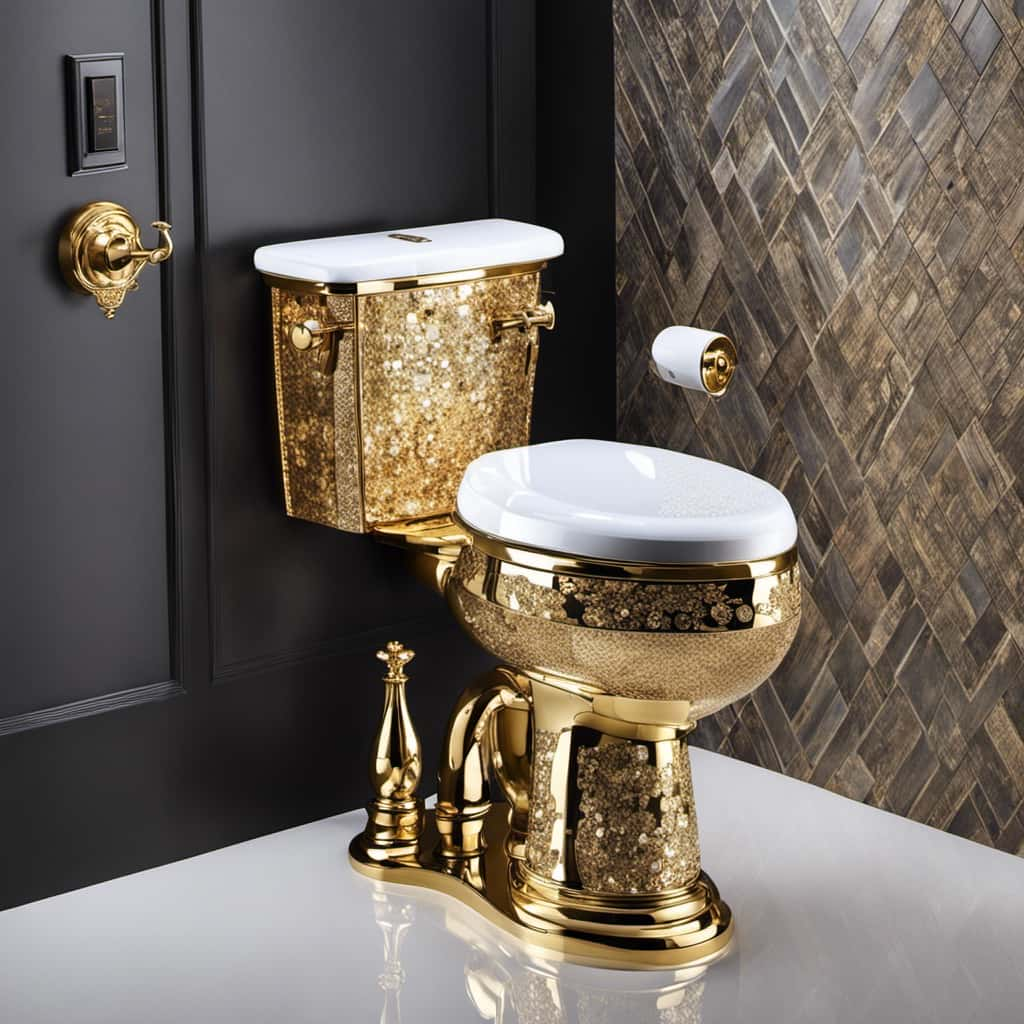
The main active ingredient in Drano is sodium hydroxide, also known as lye. Sodium hydroxide is a powerful alkaline compound that reacts with fats, oils, and other organic matter, turning them into a soapy solution that can be easily flushed away.
Another key ingredient in Drano is aluminum chips, which react with water to produce hydrogen gas. This gas helps to further dislodge and break up stubborn clogs.
The combination of these chemical reactions makes Drano highly effective in clearing blocked drains. However, it’s important to be aware of the potential risks of using Drano in toilets.
Potential Risks of Using Drano in Toilets
Using Drano in toilets carries potential risks that should be taken into consideration. Chemical cleaners like Drano can have harmful effects on your plumbing system and the environment. Here are some of the consequences of using Drano in toilets:

- Pipe damage: Drano contains corrosive chemicals that can eat away at your pipes over time, leading to leaks or even burst pipes.
- Health hazards: The fumes from Drano can be toxic if inhaled, causing respiratory problems or skin irritations.
- Environmental impact: Drano contains chemicals that are harmful to aquatic life and can contaminate water sources if not properly disposed of.
- Ineffective results: Drano may not always be effective in unclogging toilets, especially for severe blockages.
Considering these risks, it’s important to explore alternative methods for unclogging toilets that are safer and more environmentally friendly.
Alternatives to Drano for Unclogging Toilets
To avoid the potential risks associated with using Drano, we can explore alternative methods for unclogging toilets.
There are several eco-friendly options and natural remedies that can effectively clear a clogged toilet without the use of harsh chemicals.
One option is to use a plunger, which creates suction to dislodge the clog.
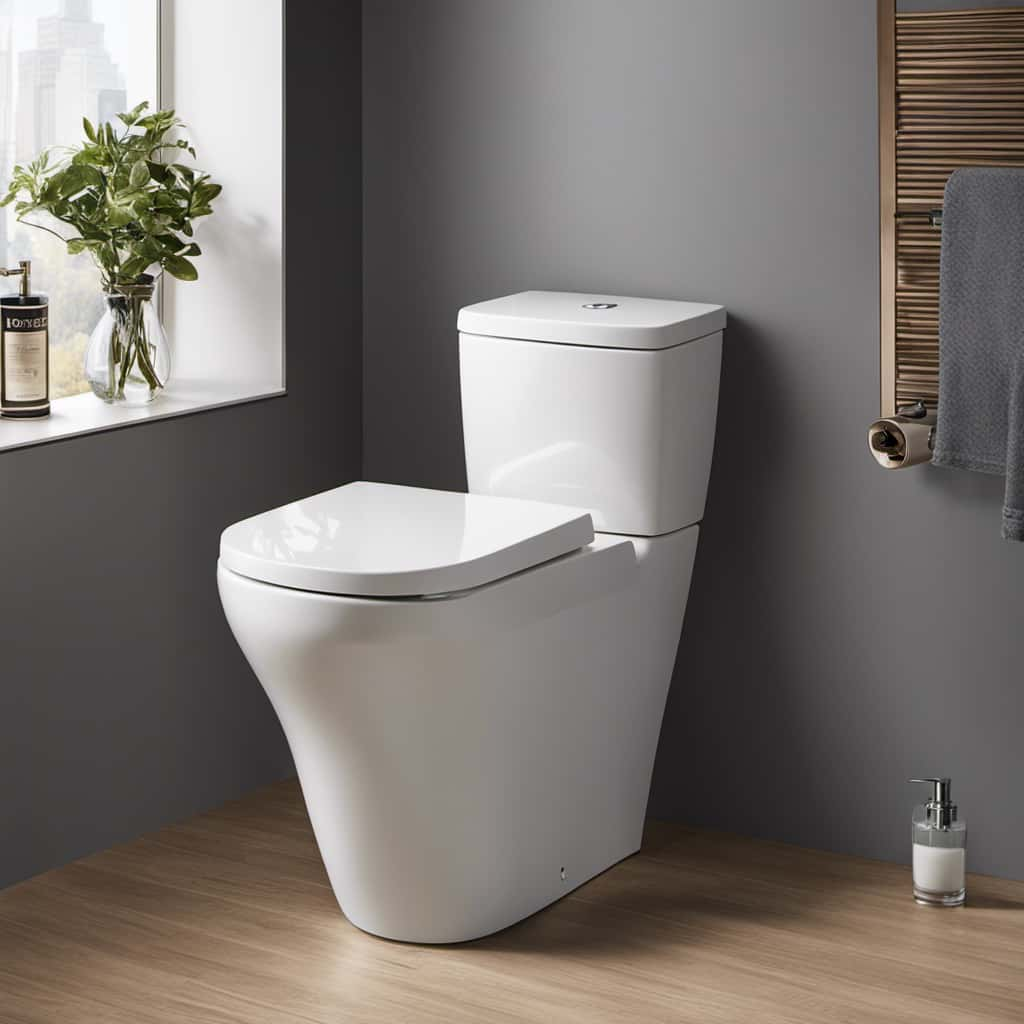
Another alternative is a toilet auger, a long, flexible tool that can reach deeper into the pipes to break up the blockage.
Additionally, a mixture of baking soda and vinegar can be poured into the toilet bowl, followed by hot water, to dissolve the clog.
These alternatives aren’t only safer for the environment, but also for your plumbing system and your health.
Steps to Safely Unclog a Toilet Without Drano
We can safely unclog a toilet without using Drano by following these steps:

- Grab a toilet plunger and position it over the drain hole in the toilet bowl.
- Apply firm and consistent pressure by pushing and pulling the plunger vigorously.
- Repeat this plunging motion several times until the water starts to drain properly.
If plunging doesn’t work, try using a mixture of vinegar and baking soda.
- Pour one cup of baking soda into the toilet bowl.
- Add one cup of vinegar and let the mixture sit for about 30 minutes.
- Flush the toilet to see if the clog has cleared.
Remember to always exercise caution when attempting to unclog a toilet. If these methods don’t work, it may be necessary to call a professional plumber to avoid further damage.
Tips for Preventing Toilet Clogs in the Future
To avoid future toilet clogs, let’s continue the discussion by carrying on with some simple yet effective preventive measures.
Regular toilet maintenance is key to preventing clogs. First, be mindful of what you flush down the toilet. Avoid flushing items like paper towels, feminine hygiene products, and baby wipes, as these can easily clog the pipes.
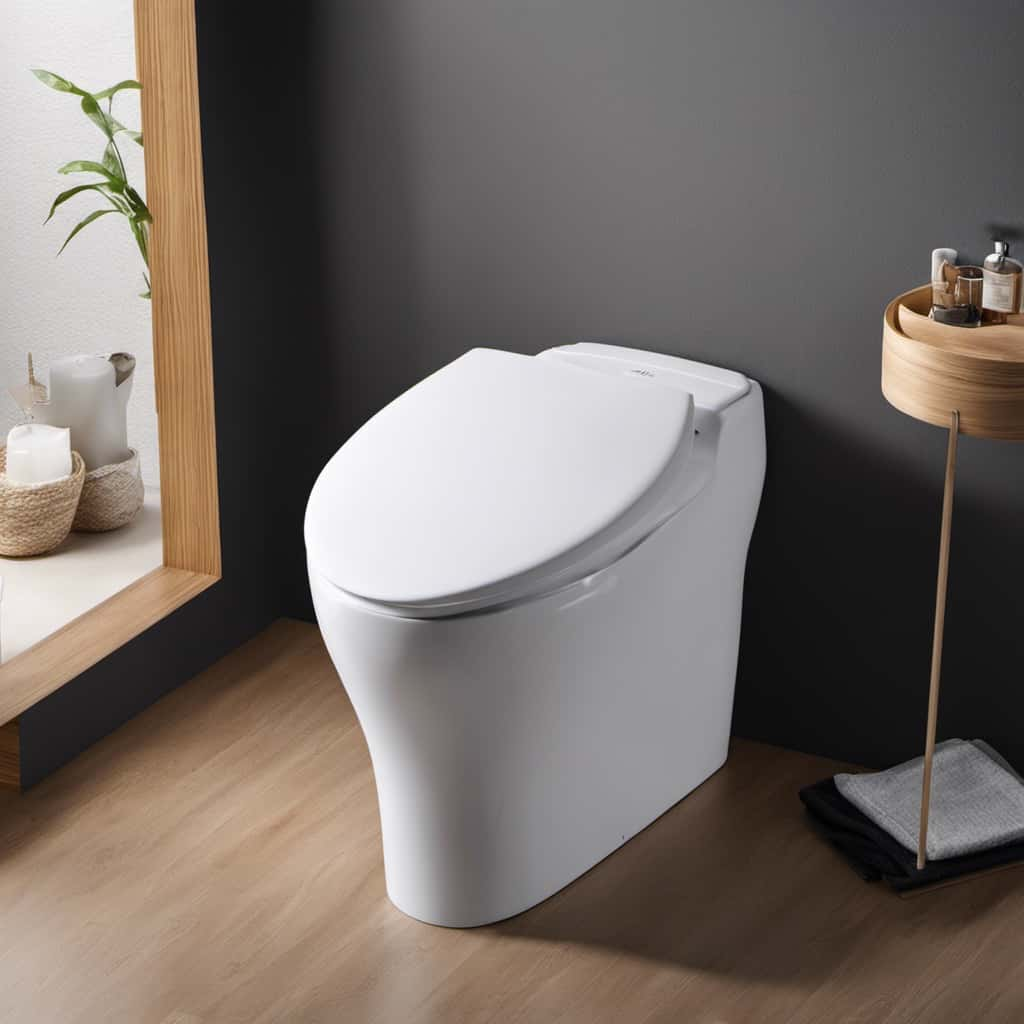
Second, encourage everyone in your household to use an appropriate amount of toilet paper to prevent excessive buildup. Additionally, consider using a toilet plunger regularly to keep the pipes clear.
Finally, periodic inspections of your toilet’s water flow and flushing mechanism can help identify and address any potential issues before they turn into clogs.
Frequently Asked Questions
Can I Use Drano in My Kitchen Sink?
Yes, you can use Drano in your kitchen sink, but there are alternatives to consider. To prevent clogs, avoid pouring grease down the drain and use a drain screen. Regular maintenance can help keep your kitchen sink running smoothly.
Is Drano Safe to Use on Septic Systems?
Drano’s compatibility with septic systems is an important consideration. It’s best to avoid using Drano in toilets as it can harm the septic system. Instead, try alternative methods like plunging or using a toilet auger.
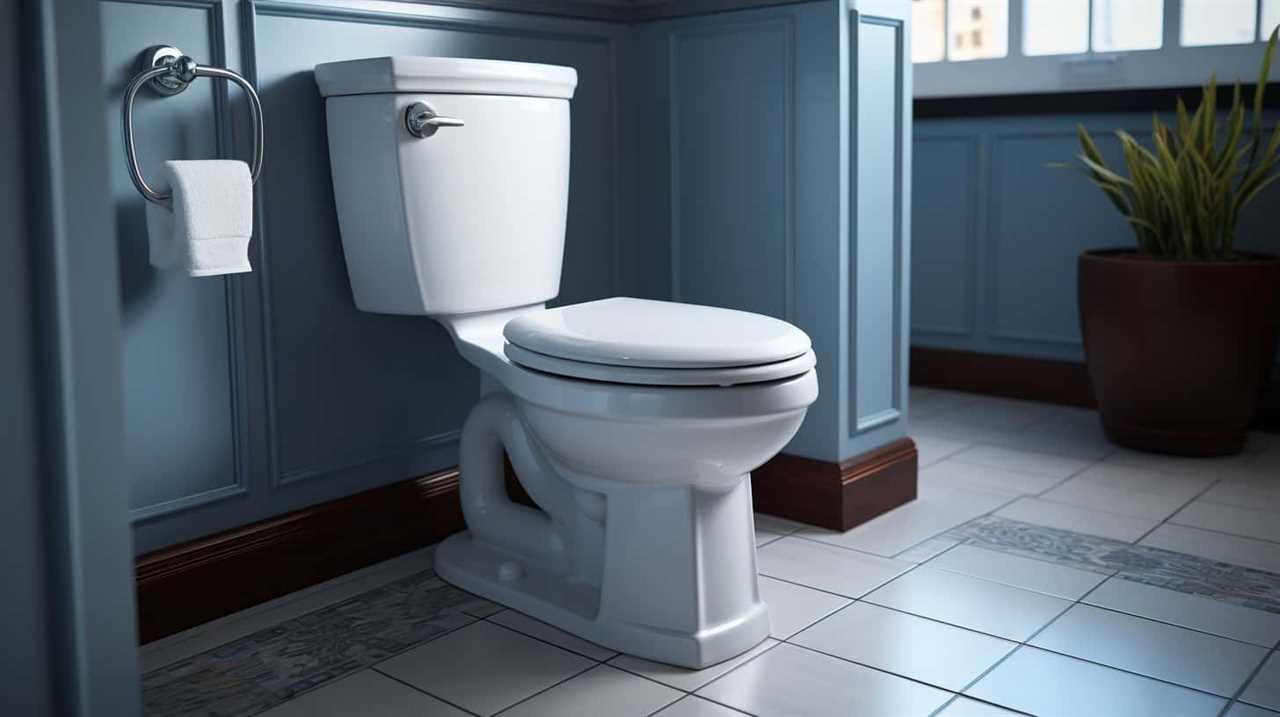
How Long Should I Wait Before Using Drano Again if It Didn’t Unclog the Toilet the First Time?
If Drano didn’t unclog the toilet the first time, we should wait before using it again. Instead, we can try using alternative methods like a plunger or a toilet auger. To prevent clogged toilets, we can be mindful of what we flush down and use regular maintenance.
Can Drano Damage the Pipes in My Toilet?
Drano alternatives are safer for your pipes in the long run. Instead, try using natural methods to unclog your toilet, like a plunger or a mix of baking soda and vinegar. Trust us, your pipes will thank you.
Is Drano Safe to Use if I Have a Septic Tank?
Yes, we should consider the environmental impact of using Drano in toilets, especially if we have a septic tank. It’s advisable to explore alternatives that are safe for septic systems.
Conclusion
In conclusion, it isn’t recommended to use Drano in your toilet due to its potential risks. Instead, consider using alternative methods to unclog your toilet safely.

Did you know that according to a study conducted by the Environmental Protection Agency, using chemical drain cleaners like Drano can cause damage to your plumbing system over time? By opting for safer alternatives, you can avoid costly repairs and maintain a properly functioning toilet.
Remember to take preventative measures to minimize future toilet clogs.







